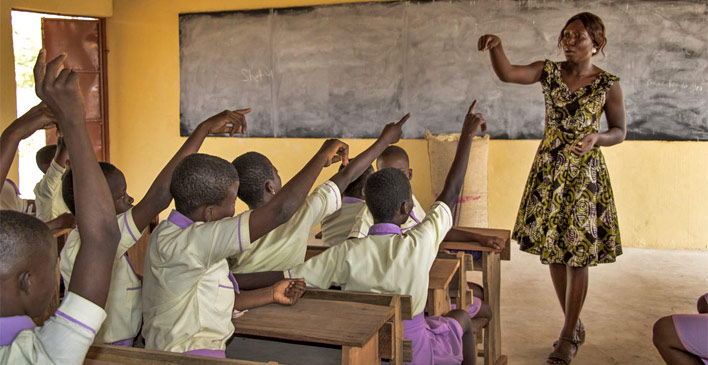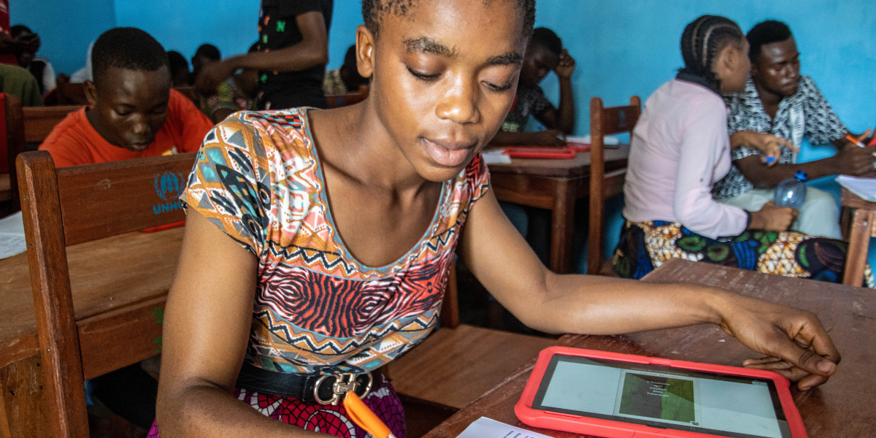For years, development experts and policymakers have sold mobile internet as the great equaliser of our age. In classrooms from Lagos to Lusaka, the promise was simple: expand 3G coverage, and students would finally enjoy access to the same resources as their peers in wealthier nations. With smartphones in hand, young learners would no longer be trapped by geography or poverty.
But new evidence challenges this dream. Instead of bridging the gap, 3G rollout may actually be widening it. What was intended as an engine of progress could be accelerating student learning failure.
Table of Contents

The Alarming Findings Behind 3G
A global study by researchers Jain and Stemper, covering 2.5 million students across 82 countries between 2000 and 2018, presents a troubling paradox. On one hand, 3G clearly boosts digital access: students under coverage are four percentage points more likely to browse the internet daily, ten percentage points more likely to own a smartphone, and spend an average of five extra hours online each week.
On the other hand, their academic performance tells a different story. The same students show lower test scores in mathematics, science, and reading. The average effect is the equivalent of losing almost three months of learning.
What’s worse, this negative trend is concentrated in low- and middle-income countries. In high-income nations, where support systems are stronger, the same pattern doesn’t appear. The implication is clear: when we bring 3G to poorer communities without preparation, it can easily backfire.
Why Developing Countries Suffer More
The question is not whether connectivity is bad. The internet has opened countless doors. The real issue is why students in resource-constrained environments are bearing the brunt of its downsides.
First, the evidence shows that vulnerable groups—especially girls and children of parents with less formal education—are the most affected. Without guidance, these learners often turn online time into a distraction rather than study. In communities where parents may lack digital literacy, the chances of redirecting that usage are slim.
Second, entertainment frequently wins over education. Social media, video streaming, and gaming are irresistible for young people, particularly when formal schooling is already stressful. The study notes a decline in “cognitive endurance”—students are simply less able to stay focused on tasks after long periods of online engagement.
Third, opportunity costs change. For a child in a low-income household, every extra hour spent on the phone may replace crucial study or household responsibilities. In such cases, 3G does not expand time but redistributes it—often in favour of passive consumption.
Finally, supporting ecosystems are weak. Unlike in wealthier countries, where teachers integrate technology into lessons and parents enforce limits, many developing communities lack such buffers. Infrastructure arrives faster than human systems, leaving students exposed.
These combined factors explain why 3G expansion, rather than uplifting, is contributing to student learning failure.

Rethinking Connectivity as Progress
The easy narrative is that more internet equals more opportunity. But the Nigerian experience—mirrored in many parts of Africa—shows that infrastructure alone cannot guarantee results. What is needed is a shift from connectivity for its own sake to connectivity with purpose.
One way forward is integration, not blind rollout. Internet access must be paired with digital literacy programmes, time-management skills, and supervised usage. Simply flooding schools with bandwidth will not build focus or discipline.
Another solution is to prioritise education-driven platforms. Tools like adaptive quizzes, online remedial classes, and subject-specific apps can help turn screen time into learning time. Several small-scale trials already show that carefully designed interventions improve scores—unlike general connectivity, which dilutes focus.
Context also matters. What works in New York or London cannot be transplanted wholesale into Kano or Enugu. Cultural values, parental capacities, and teacher readiness must be factored in. Otherwise, the rollout risks deepening inequality rather than narrowing it.
Most importantly, the metrics of success must change. Governments and NGOs love to count smartphones distributed or internet penetration rates, but these numbers mean little if children cannot solve equations or read fluently. Test scores, motivation, and even social belonging should become the true indicators of digital progress.
Building a Roadmap to Real Learning
So, how do we avoid connecting communities to failure? The first step is caution. Instead of rushing to cover every village with 3G, authorities should run pilot programmes, closely monitor learning outcomes, and adjust strategies before scaling.
Second, we must prepare the ground. Digital literacy classes for students, parents, and teachers should precede large rollouts. These lessons should teach not just technical skills but also responsible usage and healthy online habits.
Third, parents and teachers need stronger support. Workshops, training, and community engagement will help them guide young learners, turning connectivity from a distraction into a tool for growth.
Finally, governments and development partners must invest in platforms designed to build resilience. Gamified maths drills, interactive reading tools, or collaborative science projects can help students remain engaged while learning.
This is not a call to abandon 3G. Rather, it is a call to rethink it. If we fail to align connectivity with context, we risk creating a generation that is more digitally active but academically weaker.

Conclusion: From Connection to Learning
The story of 3G in education is a cautionary tale. Technology can promise inclusion while quietly producing exclusion. It can offer access while undermining achievement.
For Nigeria and other developing nations racing to expand digital coverage, the lesson is simple: without guidance, connectivity may connect students not to success, but to learning failure.
We cannot afford that outcome. In a world already defined by inequality, the task ahead is to ensure that every new tower erected, every new SIM card activated, and every new megabyte consumed truly adds up to learning, not loss.
Join Our Social Media Channels:
WhatsApp: NaijaEyes
Facebook: NaijaEyes
Twitter: NaijaEyes
Instagram: NaijaEyes
TikTok: NaijaEyes
READ THE LATEST EDUCATION NEWS













![Heartwarming Moment: Priscilla Ojo and Son Rakeem Reunite with Juma Jux in Tanzania [VIDEO] Priscilla Ojo](https://naijaeyesblog.com/wp-content/uploads/2025/09/Reunited-Priscilla-Ojo-says-as-she-celebrates-son-Rakeem-one-month-Kemi-Filani-blog-min-768x512-1-1-180x135.avif)


























